
The Kadisha valley, located at 120 km north of Beirut, is on the UNESCO world heritage list since 1998. This means that this superb natural site is considered to be of “outstanding universal value” (https://shorturl.at/lpuw6).
Where is the Kadisha Valley located precisely? According to Wikipedia (https://tinyurl.com/ykt3a25t), “this gorge lies within the Bsharri and Zgharta districts of the North Governorate of Lebanon. The valley was carved by the Kadisha River, also known as the Nahr Abu Ali when it reaches the city of Tripoli”.
The term “Kadisha” literally means “holy” in Aramaic, which was Jesus’ mother tongue. Thus, the valley is sometimes called the “Holy Valley”. Its history dates back to the 6th century with many monasteries, sanctuaries, churches, and caves (all spread around the gorge). Of note, it has “sheltered” Christian monks for several centuries (https://tinyurl.com/ykt3a25t). For instance, it is a place where “Christians used to hide from the Ottoman’s authorities” (https://shorturl.at/goH36). “The valley is located at the foot of Mount al-Makmal in northern Lebanon” (https://tinyurl.com/ykt3a25t).
Interestingly, the Kadisha Valley is in close proximity to the forest of the Cedars of God, “survivors of the ancient Cedars of Lebanon, the most highly prized building materials of the ancient world” (https://tinyurl.com/ykt3a25t).
Lebanon‘s cedar (Cedrus Libani) is referred to, in ancient botany manuscripts, as “the oldest tree in the world”. It is well known that “the Israelites brought it back to build the first and the second temples in Jerusalem” (https://tinyurl.com/ykt3a25t).
To conclude this post, bravo to Roula and Doudou for their five-hour-hike in the middle of this little piece of paradise on earth. Immediately following this text, you can see Roula’s superb pictures [unless Doudou also contributed to this collection :)?]. You may also watch her brief and nice video. To honour “Wadi” Kadisha, this post will end with a Lebanese-Arabic song. It is entitled “Aam behlamak Ya Hilm Ya Libnan” [I am dreaming of you, Lebanon]. In the YouTube video shared below, Ms. Majda El Roumy’s old song is performed by two talented artists, Mr. Mike Massy and Ms. Tanya Kassis. Thanks to them!
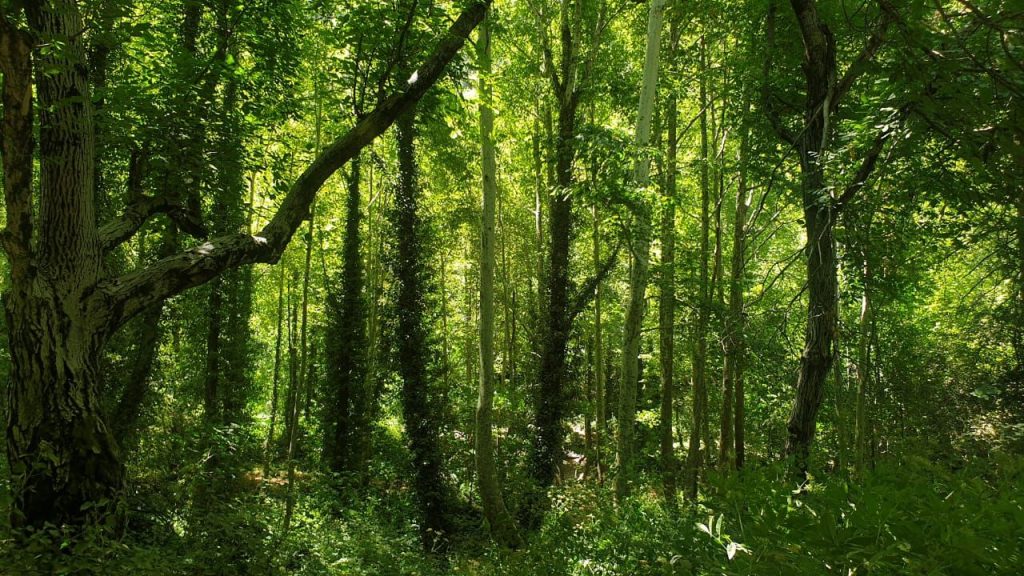
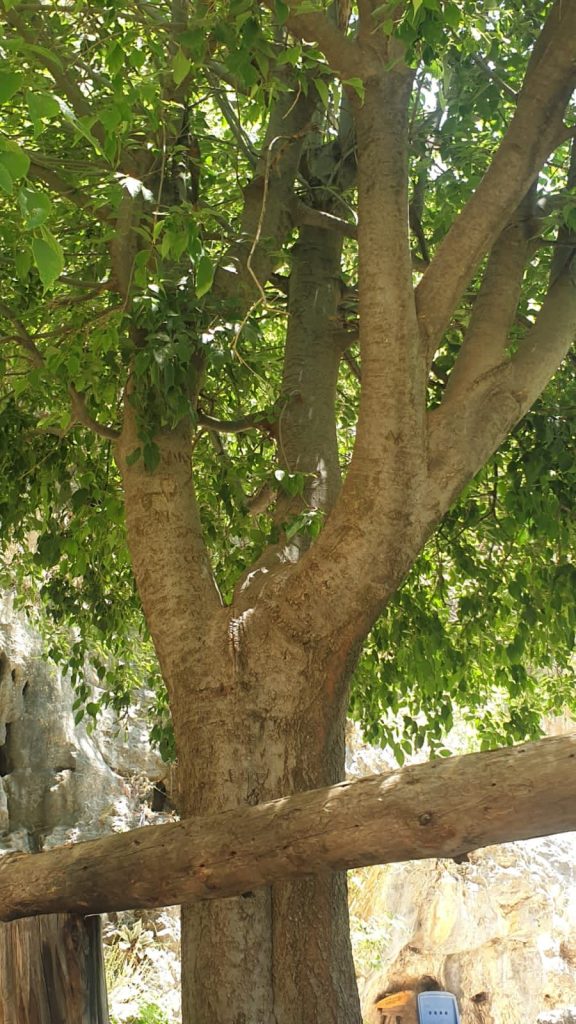

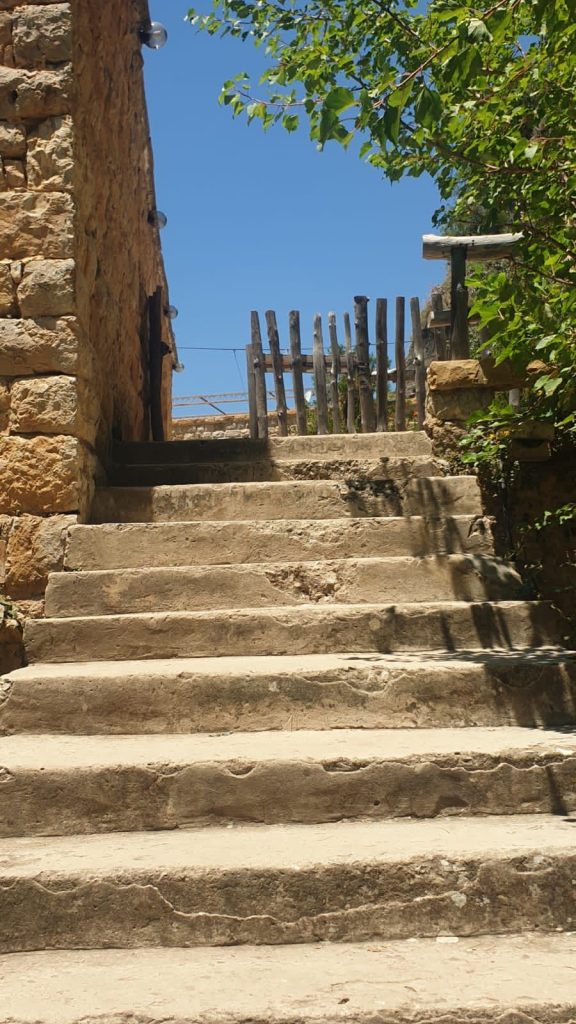
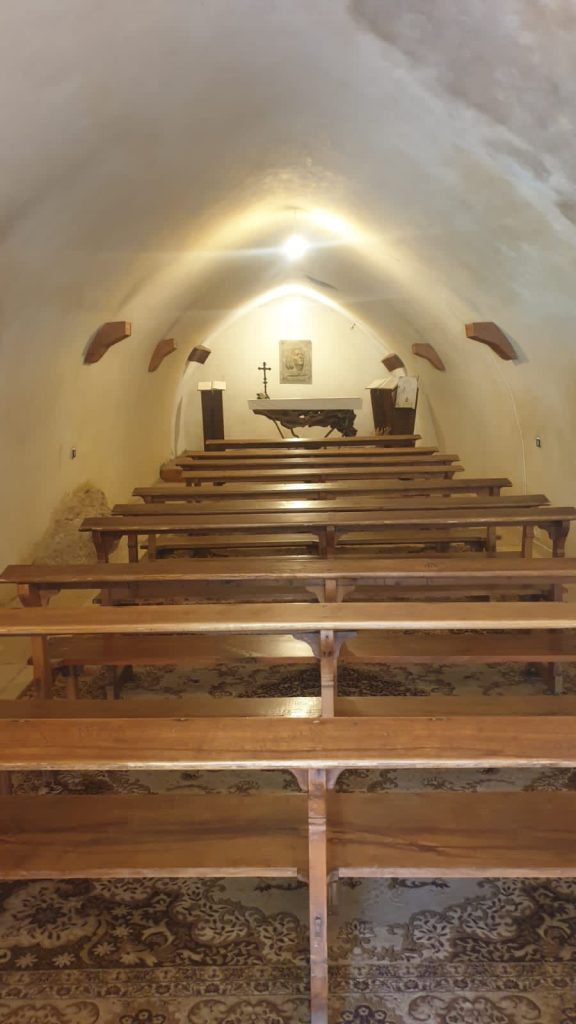
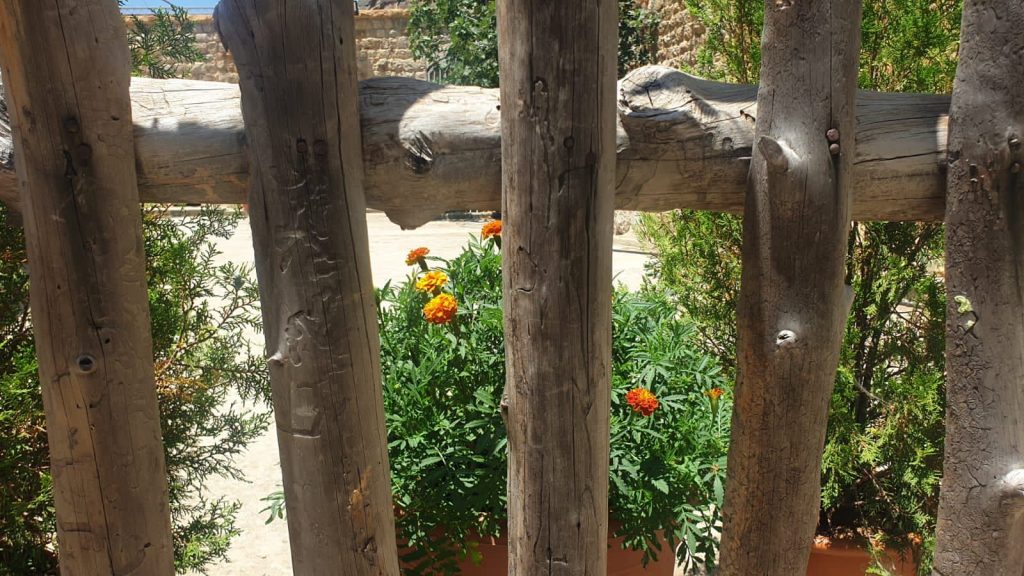

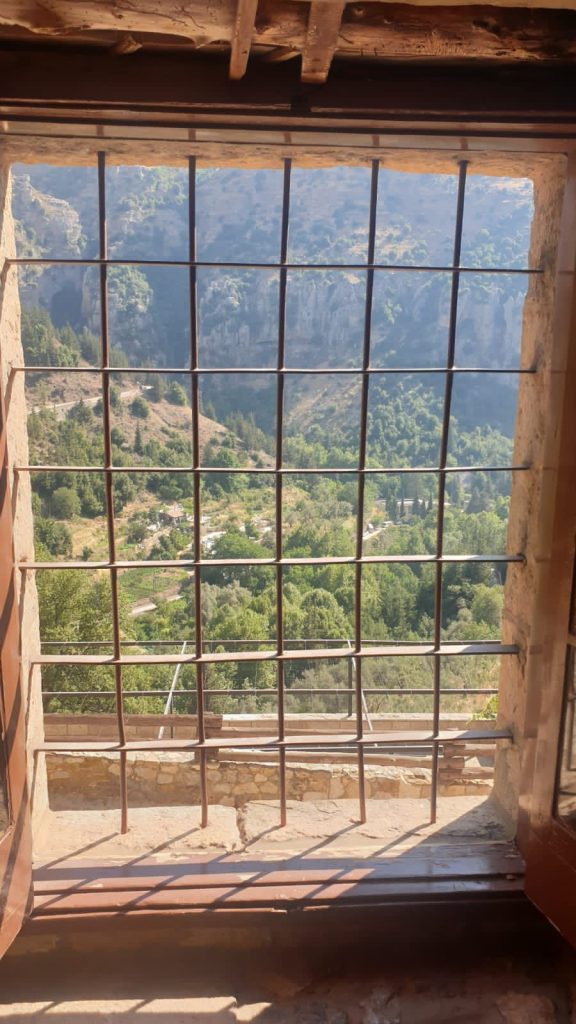
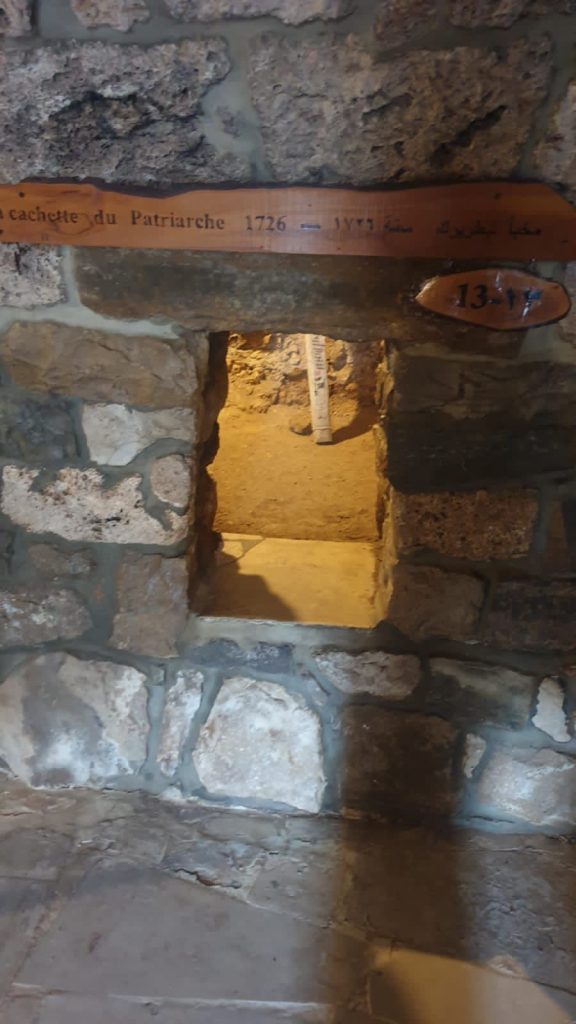
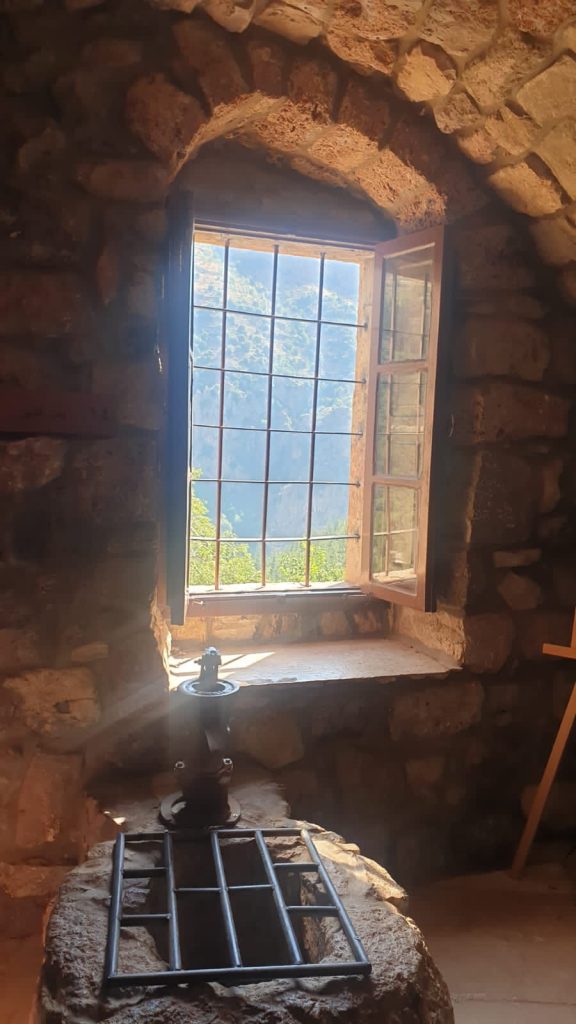


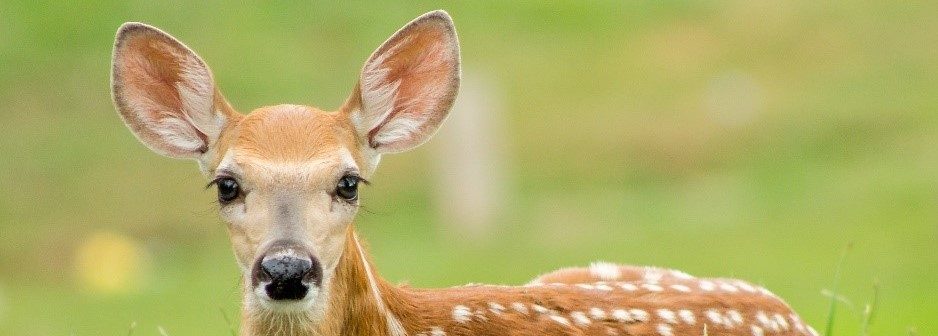
The Kadisha Valley is beautiful. In Hebrew, the word for “holy” is very similar — Kadosh! I found the landscape in those photographs also reminded me of the landscape of Israel, the dry sandy soil especially being the same colour, and all the stone steps, stone being the logical building material in that region.
I also noticed Louis’ tribute to Richard Bilkszto. I knew Richard through the organization FAIR, which he helped found, and was shocked by the news of his suicide. He was treated appallingly by the so-called “anti-racism” trainers, who were bigoted against white people, and who practised exactly the racism they were pretending to be teaching against. Richard was a very sweet man and also quite brave to speak out when no one else dared to, and he was betrayed by his school board, the TDSB. It is a great tragedy, and it shows how dangerous these DEI trainers are. Jonathan Kay’s article in Quillette is well worth reading. Here’s the link: https://quillette.com/2023/07/21/rip-richard-bilkszto/
Many thanks Marjorie for your comment. Interesting to learn about the Kadish versus Kadosh words, etc.
Now, I send my heartfelt condolences to you. No words to describe the sadness of the loss of Richard Bilkszto. Thanks for the link to Mr. Jonathan Kay’s excellent article!
When will all this stop? You take good care, please… Bambi is honoured to post your words. Welcome!